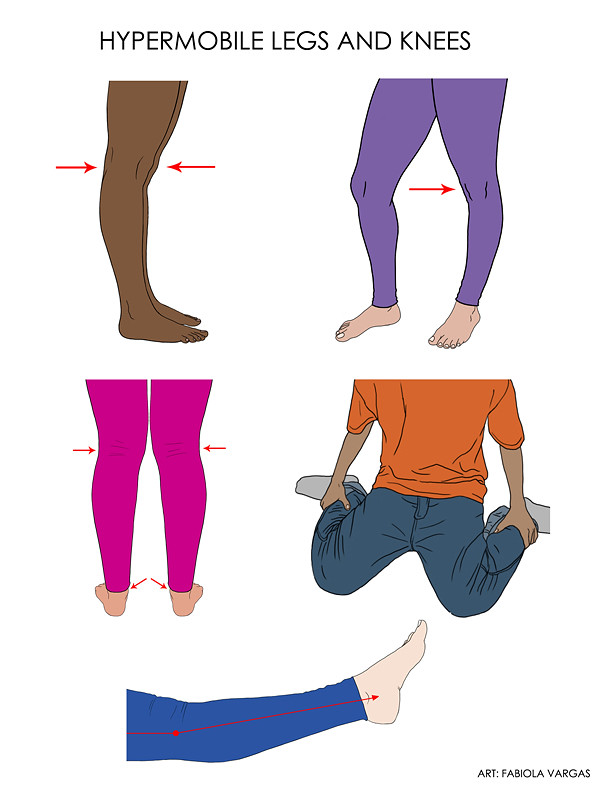A contact knee dislocation is a very rare injury. A non-contact knee dislocation tends to be closer to a unicorn sighting. "Skinny knees" may sound like a good explanation for setting up such an occurrence, but there is truly no anatomical basis for this theory. If you were to look for a legitimate predisposing factor, it would most likely be found in an inheritable condition known as Joint Hypermobility Syndrome, a condition that features joints that easily move beyond the normal range expected for that particular joint. You would probably more readily recognize the condition under the name of "double-jointed." This is usually seen in children and in young adults and can involve the fingers, hips, elbows, ankles and knees. The underlying problem appears to be a weakness of the collagen connective tissues, which are the major components of the ligaments. There is a significantly higher incidence of joint dislocation and sprains of the involved joints with this condition. In the case of the knees, these patients must maintain good muscle development/strength in order to minimize/avoid the instability in that joint. It is easy to understand how much more important this is for a football player with all the stresses that are imparted onto his joint. Possibly giving more credence to this possibility is is the fact that he suffered a couple of non-contact ankle sprains at LSU, then was carted of the field his first game as a starter with another non-contact ankle sprain. At least something interesting to think about.




